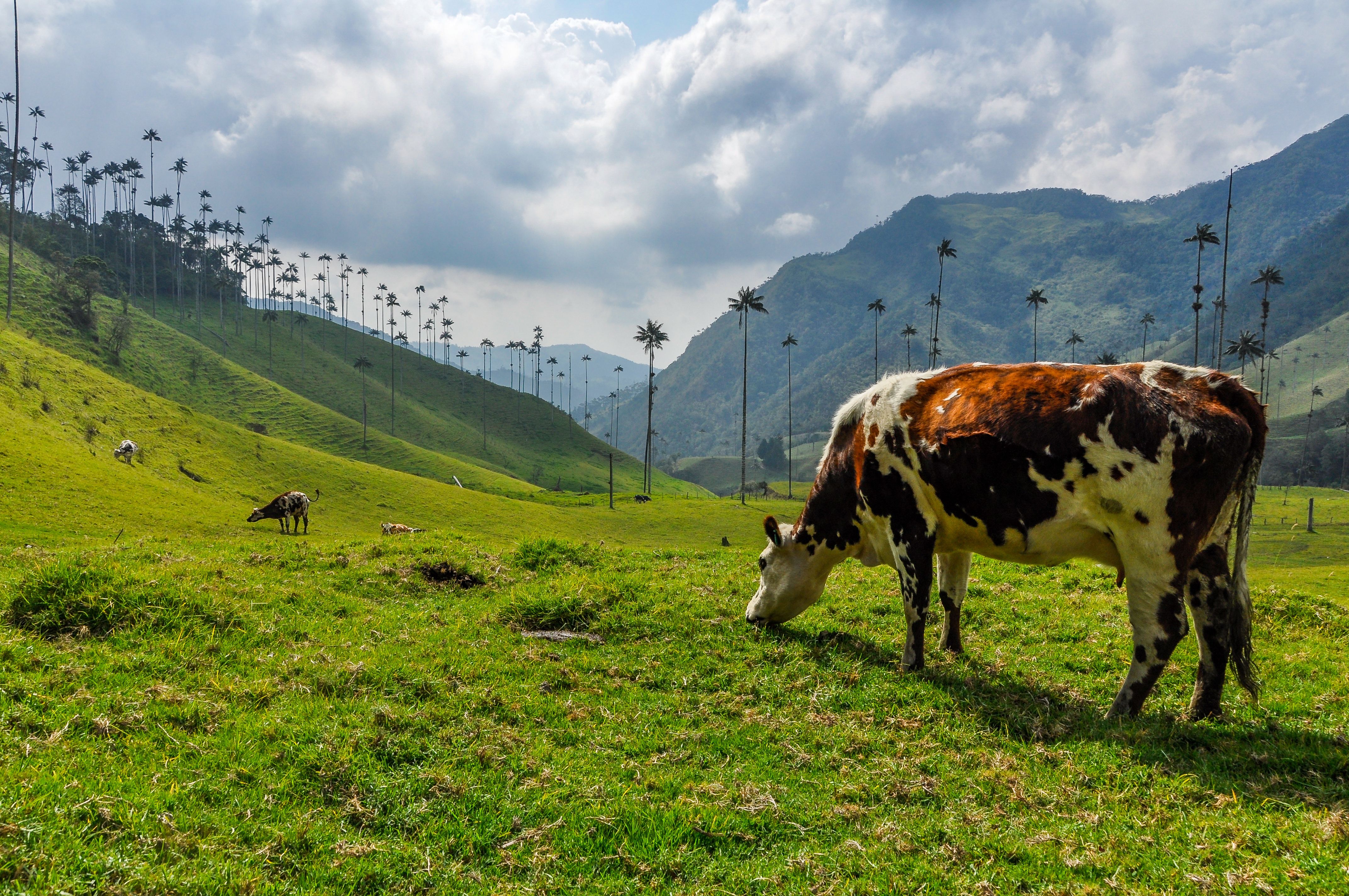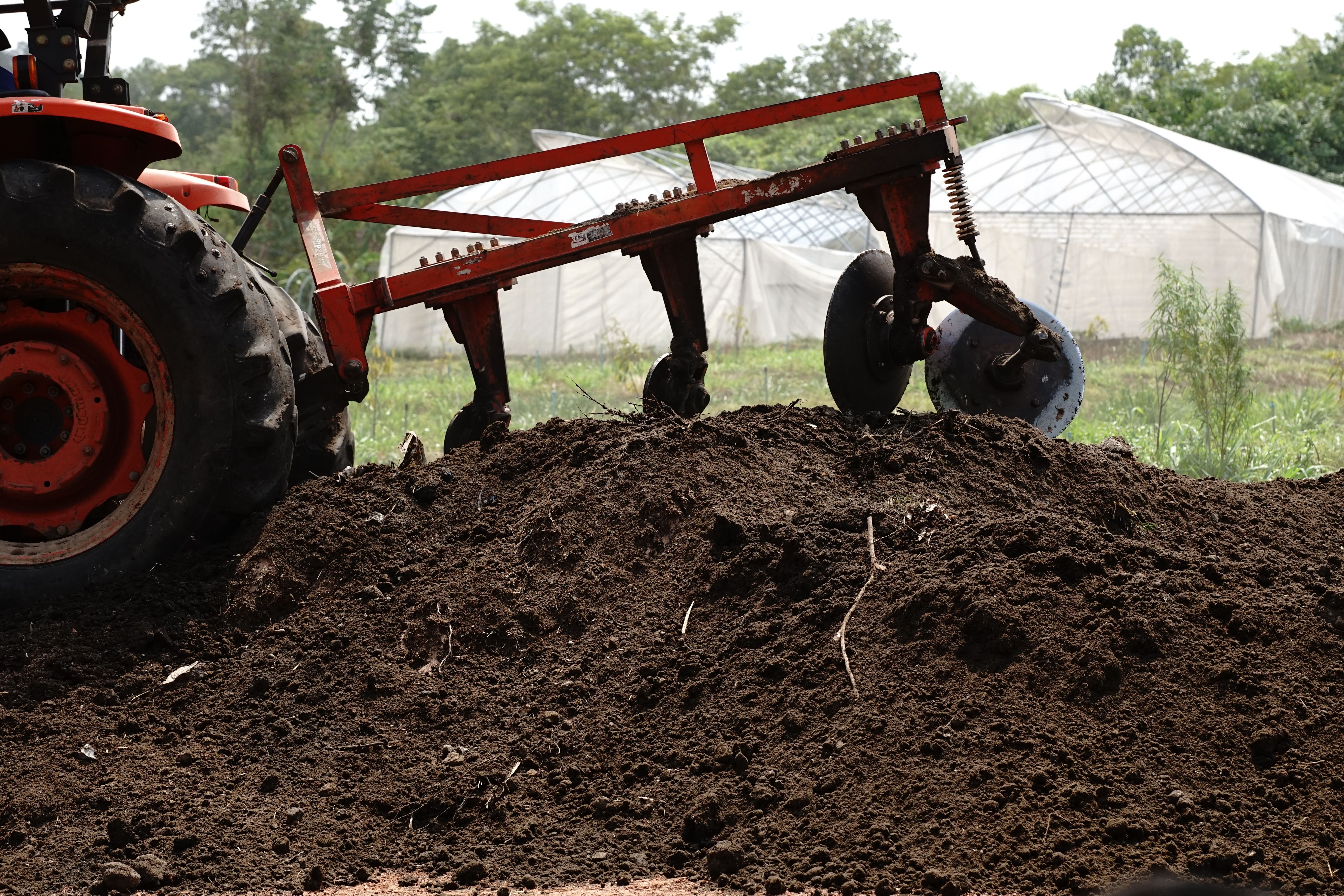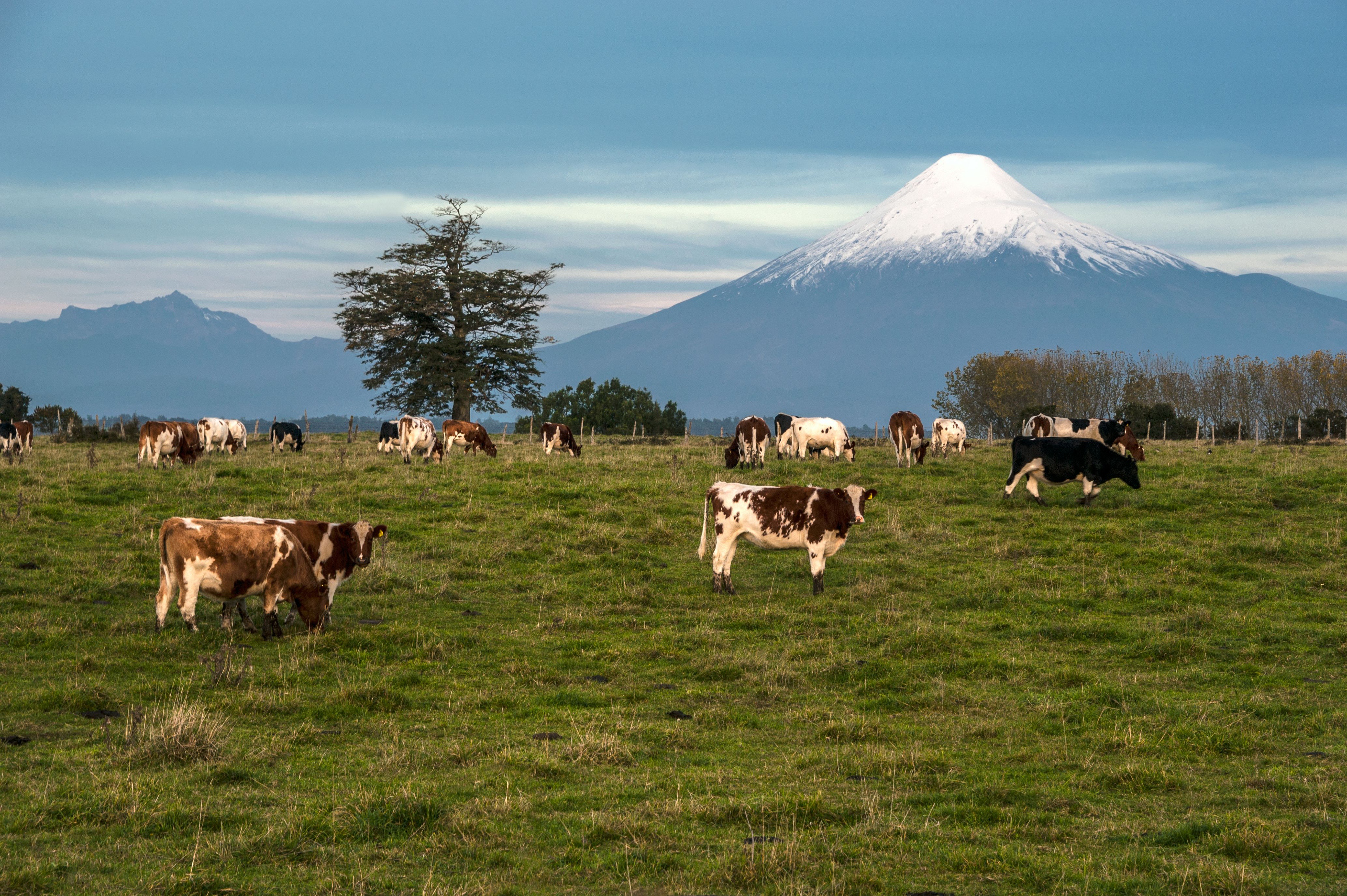What it is
Decomposing manure in piles or manure lagoons is one of the largest sources of methane emissions related to agriculture. To reduce these emissions, livestock manure can be composted and used as fertilizer.

Where can it be used
Farms across South America.
How it works
To reduce methane emissions, waste from livestock manure—consisting of animal waste mixed with straw that is used as animal bedding—must be processed in composting systems, rather than being left in a pile or in a manure lagoon.
Composting systems vary widely. The four main types are vermicomposting, turned windrow composting, aerated static pile composting, and in-vessel composting. These methods are described in more detail in the page on composting food waste. The choice of method depends on the local context. For example, smaller farms might prefer to select cheaper and less technical methods, such as windrow composting, while larger farms with over 20 cattle may find in-vessel composting to be a more appropriate solution. Alternatively, larger centralized facilities could be built for waste from multiple farms.

Who’s doing it
Manure composting has long been practised by South American farmers. In fact, several countries, including Colombia, Ecuador, Argentina, Chile, and Brazil have national manure policies with guidelines for manure management.
Policy Considerations
National manure policies
National manure policies can provide guidelines and regulations around manure-composting procedures, manure storage, manure application, and manure handling. To be successful, such policies should incorporate prohibitive regulations with clearly defined penalties for non-compliance and be backed by coordination among enforcement bodies (e.g., ministries of agriculture, energy, and environment).

Communication and education
Governments can invest in education to ensure farmers understand the benefits of composting manure, the costs of not composting manure, the opportunities integrated manure management may bring, and how to compost. They can also cooperate with agricultural associations or other relevant organizations to disseminate information.
Incentives
Governments may provide subsidies, grants, or other types of financial assistance to farmers to stimulate the adoption of manure composting. For example, the Ecuador Agricultural Ministry established a program for dairy farmers that provides higher prices for producers who are certified in certain good practices, including practices related to manure management. Governments can also consider cutting subsidies for synthetic fertilizers, which may deter farmers from using manure or composted manure as fertilizer.
Economies of scale
Governments can also create opportunities for farmers to take advantage of economies of scale. For example, policymakers could consider designing a program to develop and distribute small packaged in-vessel composting plants for local farms. Developing such technology en masse can reduce costs and create consistency around maintenance, operation, and repairs.